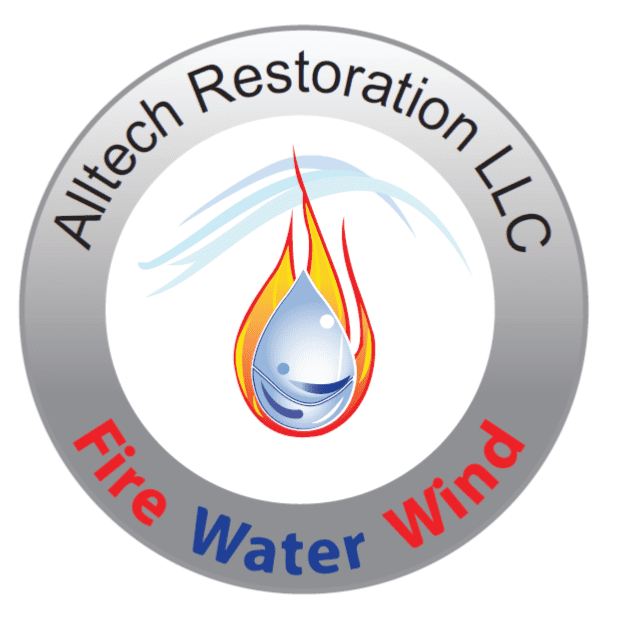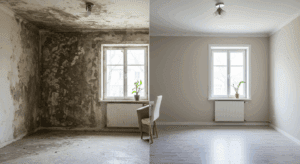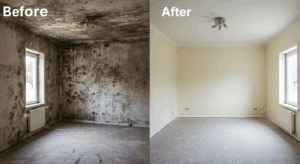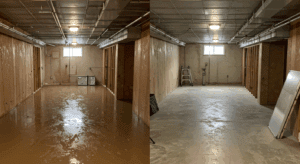Mold growth in homes is a common concern, especially in areas like New Braunfels, TX, where humidity levels can create the perfect environment for mold to thrive. Mold not only damages your property but also poses significant health risks. This guide will help you understand the causes of mold, its health implications, and effective strategies for mold remediation and prevention.
Understanding Mold Growth in Homes
What Causes Mold to Grow?
Mold thrives in damp, warm, and poorly ventilated areas. Common causes include water leaks, high indoor humidity, and condensation. In New Braunfels, the humid climate often exacerbates these conditions, making homes more susceptible to mold infestations. Bathrooms, basements, and kitchens are particularly vulnerable due to the presence of moisture.
Common Types of Mold Found in Homes
Several types of mold can grow indoors, but the most common ones include black mold (Stachybotrys), green mold (Cladosporium), and white mold (Penicillium). Each type varies in appearance and health impact. Black mold, for instance, is notorious for its toxicity and requires immediate attention. Identifying the type of mold in your home is crucial for effective remediation.
Health Risks Associated with Mold Exposure
Symptoms of Mold Exposure
Exposure to mold can lead to a range of health issues, including respiratory problems, skin irritation, and allergic reactions. Symptoms often include coughing, sneezing, itchy eyes, and nasal congestion. Prolonged exposure can worsen asthma and other pre-existing respiratory conditions.
Vulnerable Populations at Risk
Certain groups, such as children, the elderly, and individuals with compromised immune systems, are more susceptible to the adverse effects of mold exposure. Pregnant women and those with chronic illnesses should also take extra precautions to avoid mold-infested areas.
Mold Inspection and Testing Services in New Braunfels, TX
Importance of Professional Mold Inspections
A professional mold inspection is essential for accurately identifying the extent and type of mold in your home. Experts use advanced tools like moisture meters and thermal imaging to detect hidden mold growth. This step is crucial for developing an effective remediation plan.
What to Expect During a Mold Inspection
During an inspection, professionals will assess areas prone to moisture, such as basements, attics, and bathrooms. They may take air samples to measure mold spore levels and identify the specific type of mold present. The inspection report will provide a detailed overview of the findings and recommended actions.

Effective Mold Remediation Strategies
Steps for Safe Mold Removal
Mold remediation involves several steps, starting with isolating the affected area to prevent spore spread. Professionals then remove contaminated materials, clean surfaces with antimicrobial solutions, and use air scrubbers to purify the air. DIY mold removal is not recommended for extensive infestations, as improper handling can worsen the problem.
Preventing Future Mold Growth in Your Home
Prevention is key to avoiding recurring mold issues. Ensure proper ventilation in high-moisture areas, fix leaks promptly, and use dehumidifiers to maintain optimal indoor humidity levels. Regularly inspect your home for signs of water damage and address them immediately.
For more insights on mold prevention and cleanup strategies, check out Understanding Mold Growth: Causes, Prevention, and Effective Cleanup Strategies.
Mold growth is a serious issue that requires immediate attention to protect your health and property. If you’re dealing with mold in your home, consider reaching out to local experts for professional assistance. For comprehensive restoration services in New Braunfels, TX, visit Expert Restoration Services in New Braunfels, TX: Water, Fire, and Mold Damage Solutions. By taking proactive measures, you can ensure a safe and healthy living environment for you and your family.




